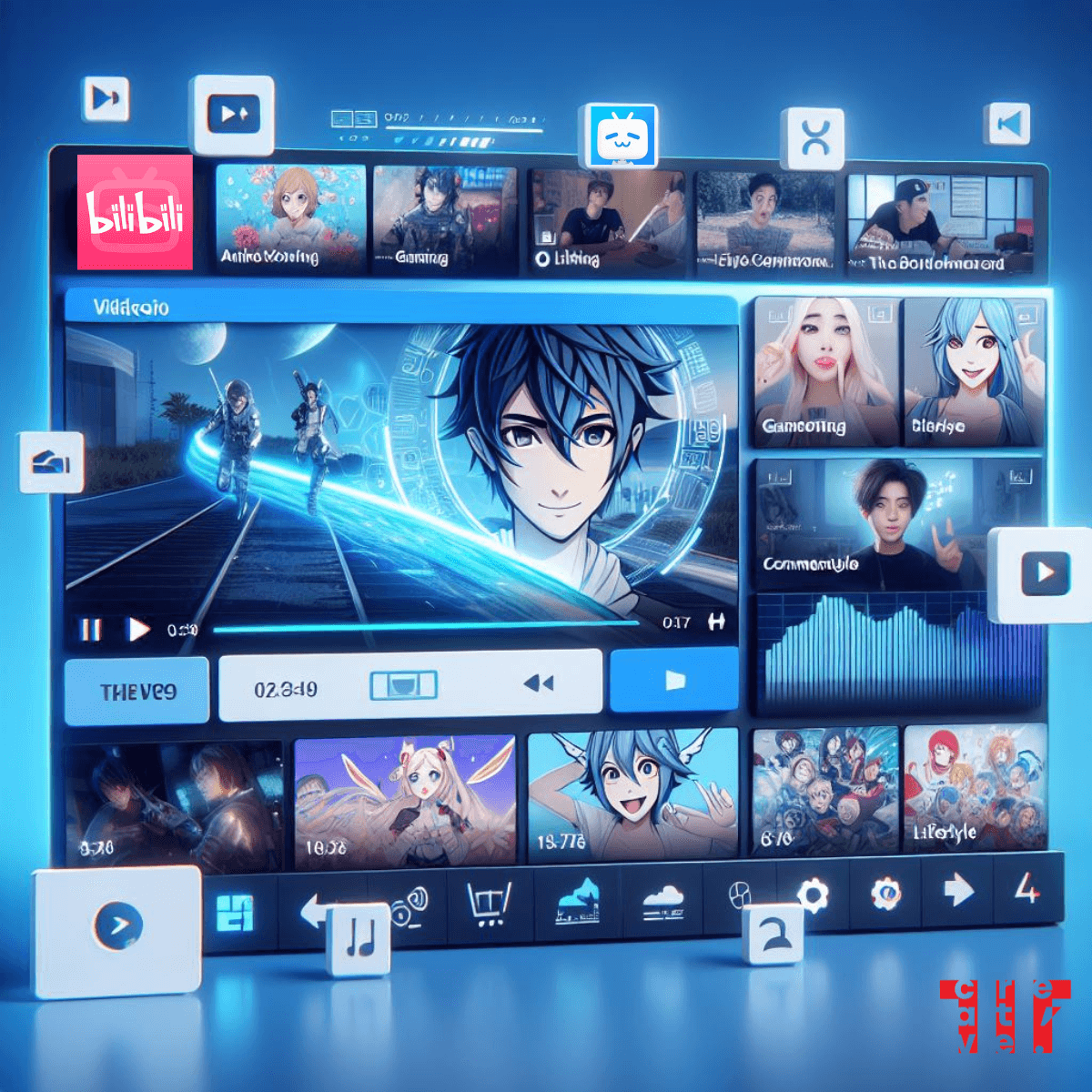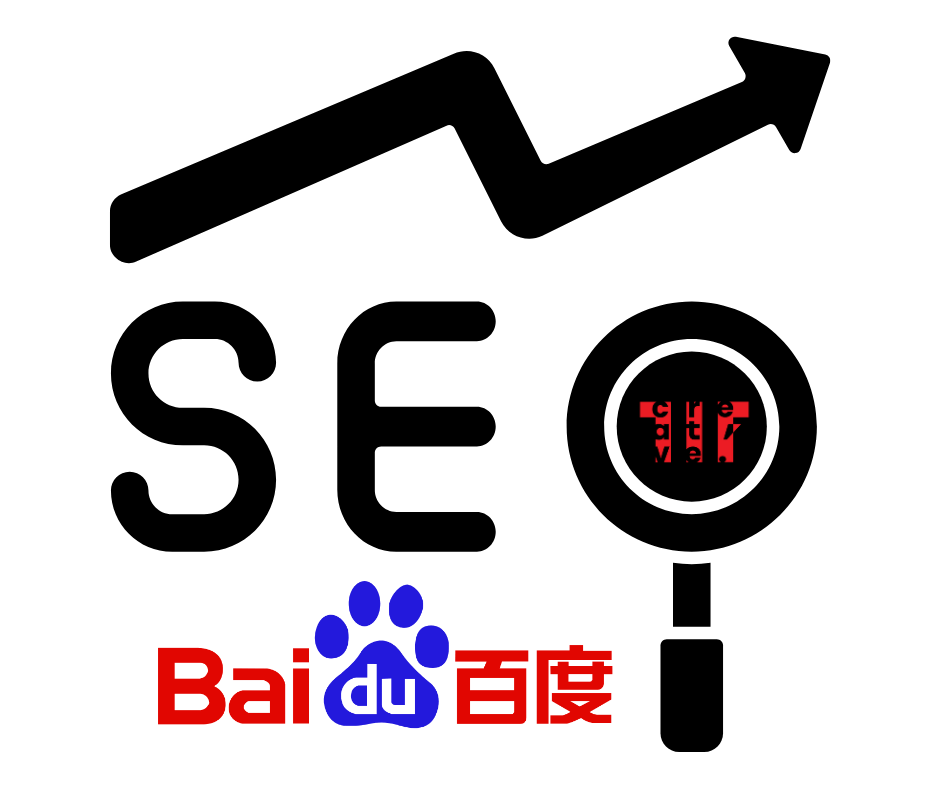What is Bilibili? An Overview of One of China’s Largest Online Video Platforms
China’s online video market is largely dominated by three giants: Youku (owned by Alibaba), iQiyi (owned by Baidu), and QQ Video (owned by Tencent). However, another noteworthy contender is capturing the attention of both users and marketers: the dynamic and versatile platform Bilibili.
What is Bilibili in China?
Bilibili is a popular, youth-oriented video streaming and sharing platform, often compared to YouTube. However, what sets Bilibili apart is its unique features and vibrant community culture.
One standout feature is “Danmu” or “bullet chat.” Danmu allows users to add real-time commentary on videos, with comments appearing directly on the screen and sliding from right to left. Bilibili and AcFun were the first to introduce this in China. Today, it’s a common feature on mainstream platforms like iQiyi and Tencent Video.
Danmu is especially loved by Millennials and Gen-Zers. Growing up as the generation of the one-child policy, many young Chinese found comfort and a sense of belonging through watching videos with Danmu, enhancing the communal viewing experience.
The sense of community in Bilibili significantly contributes to its growth. In China, one in every two young people is on the platform. Those under 35 years old make up 86% of Bilibili’s 202 million Monthly Active Users. Brands in China are increasingly targeting this demographic due to their rising purchasing power.
The platform’s engagement rates also thrive on this communal atmosphere: users spend over 80 minutes per day on Bilibili, generating 4.7 billion interactions monthly.

Since its inception in 2009, Bilibili has evolved from a platform focused solely on Anime, Comics, and Games to a comprehensive online video community. Today, it features diverse content, including fashion, lifestyle, technology, gastronomy, and knowledge sharing.
The company’s new slogan, “All the videos you love are on Bilibili,” reflects its aim to encompass all aspects of users’ lives. As a result, Bilibili has become an essential platform for brands looking to forge deeper connections with young Chinese audiences.
Bilibili’s user base is impressively balanced, attracting both male and female users almost equally, with 49% female and 51% male users.

How to promote on Bilibili?
Bilibili offers several ways for brands to promote themselves, particularly through e-commerce integration. To facilitate sales-driven collaborations between brands and Key Opinion Leaders (KOLs), Bilibili has launched an official KOL selection platform called Huahuo. By using this platform, brands can measure the e-commerce conversions driven by Bilibili KOLs.
Here are the two main methods to promote products and measure performance on Bilibili:
Yaoyue
Brands can select KOLs and confirm collaborations through Bilibili’s official KOL platform, Huahuo. KOLs can then insert e-commerce links below their video content, driving traffic to online stores on platforms like Taobao or JD. Brands can track the clicks and sales generated from each campaign. To ensure the quality of collaborations, Bilibili has set certain thresholds for KOLs to participate in this program.
Xuanshang
Think of this as a multi-brand e-commerce catalog on Bilibili. Brands can upload their products to the Xuanshang program, where Bilibili KOLs can choose the products they want to promote. KOLs earn a commission of 20%-50% (Cost Per Sale, CPS) for promoting these products. The products can appear as Danmu (bullet comments) or icons during videos or live streaming, or as links below the videos. Currently, the Xuanshang program is in beta and is only open to KOLs with more than 10,000 fans on Bilibili.
Both Yaoyue and Xuanshang programs support the insertion of product links for Taobao, Tmall, or JD.

To be eligible for Yaoyue or Xuanshang, influencers must meet the following requirements:
Authenticated Full name
20 years old
≥ 35.000 fans
Have original videos released within 60 days
Creation and influence score* ≥ 80 points (relates to the number of videos created and engagement rate over the past year)
Credit score* ≥ 80 points (relates to Bilibili guidelines)
Compared to short video platforms and live streaming sales, Bilibili offers a significant advantage with its longer content retention and long-tail effect. This extended format is particularly beneficial for brands or products that require time and effort to educate customers. The engaging environment on Bilibili allows users to spend more time getting to know the product, which can positively influence their purchasing decisions. Additionally, the video content provides continuous brand exposure and increases search traffic for eCommerce stores.
Bilibili Brand Accounts
Bilibili functions as a Key Opinion Leader (KOL) ecosystem, with limited opportunities for brands to establish a direct presence on the platform. As of the first quarter of 2021, only 504 brands had an official presence in Bilibili. The leading verticals include the internet and apps, food and beverage, and beauty and skincare.

Opening a Bilibili account requires more than simply repurposing your global communication materials. To truly connect with Bilibili users, it’s essential to adapt your content strategy to align with the platform’s unique culture.
An example is China Merchant Bank (CMB) official account. By using a trendy anime dance and adapted lyrics to remind users to guard against fraud, CMB received a great welcome from Bilibili users, achieving organic 6.6 million video views. As the 6th largest commercial bank in China, CMB broke the dull stereotype of banking and made efforts to adapt its content strategy for Bilibili’s young user base.
Brand Persona on Bilibili
To succeed on Bilibili, it is advisable for your brandto like a Bilibili influencer, embodying a unique character and personality. Bilibili users value brands that appear authentic and entertaining. By crafting a branded “persona,” you can engage with Bilibili users as if you were forming friendships.
To build a strong connection with your audience, act like a native Bilibili user. Be approachable, interact using “Gen-Z language,” and maintain constant communication to boost customer loyalty.
Despite being the leading e-commerce giant in China, T makes significant efforts to connect with their Gen potential customers. Tmall created an account named “我叫猫天天” (“I am Mall T T”) which uses emoticons and internet slang to comment and make fun of itself, mimicking a native Gen style. This approach was warmly received by Bilibili users and brought the Tmall brand closer to them.
In summary, it is challenging for Western brands to operate a successful and engaging Bilibili account. For premium or luxury brands, striking the balance between maintaining a premium image and adapting to local culture can be particularly difficult. Therefore, for brands that are hesitant, we recommend establishing a presence on other Chinese social media platforms like WeChat or Red first. Starting with collaborations with Bilibili KOLs can also help test if your brand and products resonate with this young and vibrant platform.
Bilibili Influencers Collaboration
2 ways to collaborate: interstitial ads and brand creative collaborations:
Interstitial Ads: In this format, KOLs mention, showcase, and explain the product within their videos. For example, makeup KOL uses Little Ordine cosmetics in her makeup tutorials, explaining the makeup process and the quality of the products.
Brand Collaborations: Opinion Leaders (KOL) create original content by leveraging their unique identity, skills, and creativity to fully demonstrate the brand’s value. For instance, craftsmanship KOL 雁鸿/Aimee spent two months creating a handmadeiao (an ethnic minority in China) headwear to promote Florasis’s Miao Impression cosmetic collection. The video garnered 2.3 million views, with many fans expressing their admiration for the KOL’s hard work and stating that they had already purchased the collection.
Choose the Right Bilibili Influencer
Selecting the right Bilibili influencer involves considering several key factors:
Average Video Play / Followers Ratio: This crucial KPI measures the influencer’s engagement rate. On average, a Bilibili KOL gets 20% of their followers to watch at least 1 minute of their videos, while top performers boast engagement rates above 50%.
Performance on Other Platforms: Evaluate the influencer’s performance on other social media networks like Red and WeChat.
Repeat Collaborations with Competitors: If other brands have worked with the same influencer multiple times, it’s likely a sign of good returns and effective collaboration.
Engagement Rate: Look at the number of likes, saves, tips given to the influencer, and other interactions to gauge their audience engagement.
Cost of a Bilibili Influencer Campaign
The cost of a Bilibili influencer campaign is typically around 10% of the influencer’s follower count in RMB. For instance, a campaign with an influencer who has 100,000 followers would cost approximately 10,000 RMB, or about 1,500 USD.
However, this estimate can vary depending on several factors, including the influencer’s positioning, popularity, and engagement rate.
Bilibili Advertising
Bilibili offers a variety of ad placements tailored to different campaign objectives.
Branding: Brands can utilize “Splash Screen Ads,” which appear when users first open the app. This format has been used by brands like Swarovski to promote themselves to a young Chinese audience.
Performance: For performance-driven campaigns, Bilibili offers Feed Ads designed to encourage users to follow brand accounts, download apps, or visit landing pages to generate leads. The creative can be an image or video, displayed with an “ad” icon on the top right side of the asset being promoted.
Bilibili’s advertising placements accommodate a range of campaign objectives:
Gaming, Education, and Training: Advertisers in these sectors often use Feed Ads to promote mobile game app downloads or educational content such as Japanese learning and video editing.
Fashion, Beauty, and Retail: For these advertisers, Feed Ads are typically part of a broader campaign strategy. They often combine KOL collaborations and the Yaoyue Program with Feed Ads to ensure the desired exposure.
Qifei Display Advertising Platform
Bilibili’s display advertising platform, Qifei, allows brands to amplify existing videos, similar to “Sponsored Content” on Facebook. Unlike Feed Ads, videos promoted through Qifei display a “creative promotion” icon in the top-right corner.
When an influencer collaboration video performs well in its initial days, brands can use Qifei to further boost the video’s reach. This strategy helps the content reach not only the KOL’s followers but also a broader audience with similar interests.
Conclusion
Bilibili is a highly trendy social platform in China, drawing a young and engaged user base. However, it can be challenging to navigate; even major brands like Dior have struggled to capture the attention of Bilibili users.
Initially, we recommend that brands collaborate with influencers and amplify their content through. If the feedback is positive, they can consider their own accounts. However, it is important to note that a successful brand account will require a completely customized, engaging, and content strategy.




